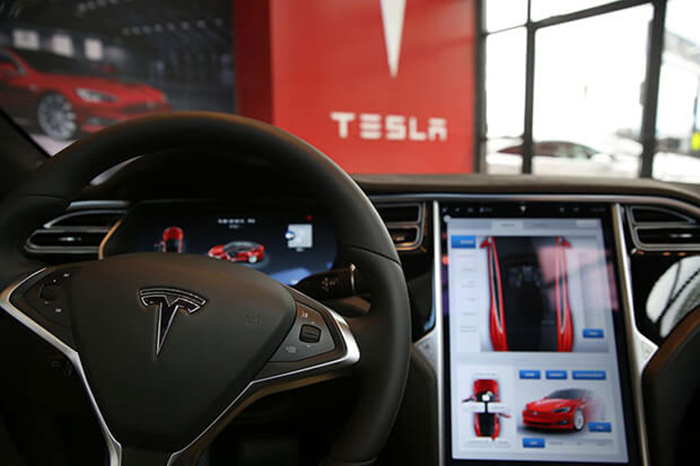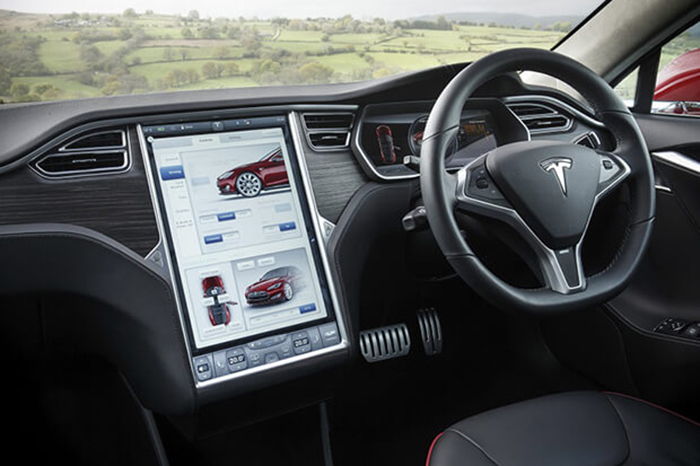Car manufacturers vision of a gradual transition to self-driving cars may have a big problem

On May 7, 2016, Joshua Brown lost his life after his semi autonomous electric Tesla vehicle crashed into a truck.
Joshua Brown had engaged Tesla’s Autopilot feature but tragically, the on-board software didn’t detect the white side of the trailer against the daytime sky.
The car slammed into the truck at full speed, 74 miles per hour, shearing off the top of the car and killing Brown outright.
The accident has been characterized by many as the first self-driving car accident which caught the attention of the US National Transportation Safety Board. The NTSB released hundreds of pages of new details about the tragic incident last month.
The thing is that, the EV industry that is trying to make self-driving a reality is taking exception to this characterization.
Tesla Motors has argued that their autopilot is not a self-driving technology but more like an advanced form of cruise control.
Drivers are required to keep their hands on the wheel and their eyes on the road at all times when Autopilot is engaged.
Computer logs released by the NTSB last month show that Brown’s Tesla car warned him seven times to keep his hands on the wheel.
At each of the systems request, Brown put his hands on the wheel for a few seconds before taking them off again, just long enough to make the warnings go away.

In January, the National Highway Traffic Safety Administration sided with Tesla in the case, concluding that the Autopilot system was not in any way defective. An agency spokesman for the NHTSA, Bryan Thomas said:
“Not all systems can do all things. There are driving scenarios that automatic emergency braking systems are not designed to address.”
Although Tesla’s autopilot was not to blame for the death of this driver, it does illustrate one of the biggest challenges car makers will have to face going forward as they work to bring self-driving cars to market.
Most car manufacturers are envisioning a gradual path to self-driving capabilities, selling cars with increasingly sophisticated driver-assistance features over a period of a few years before ultimately introducing fully self-driving autonomous cars with no pedals or steering wheel.
But there’s a danger that people will trust the technology too quickly, as Brown did. After hundreds or even thousands of miles of flawless driving, people could stop paying attention to the road, with deadly consequences.
The motor Industry’s answers to what makes driverless cars safer to drive reveal a lot about how we already drive and how easy it us to become dependent on a new technology.
(As always, if you or a family member are considering buying a used car, don’t buy until you run a car check report with MyVehicle.ie where you will find out the true history of the vehicle.)
Author

Justin Kavanagh
Justin Kavanagh is a recognised leader
in automotive intelligence and vehicle
data supply to the entire motor industry.
He has almost 20 years experience in
building systems from the ground up.
As the Managing Director of Vehicle
Management System, he understands the
need and importance of trustworthy and
reliable vehicle history and advice to
both the trade and the public.
Follow me on LinkedIn